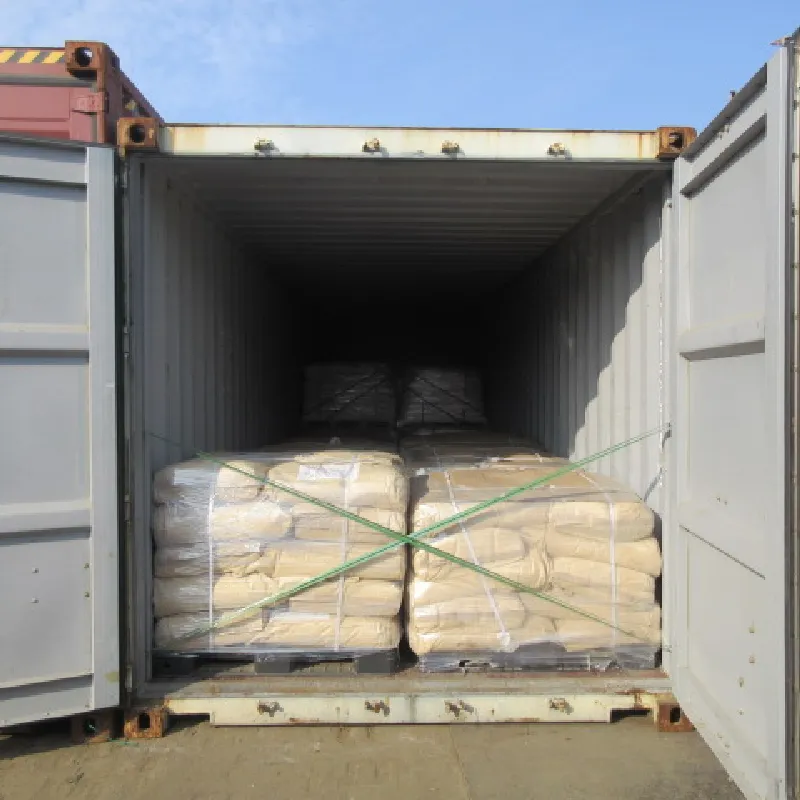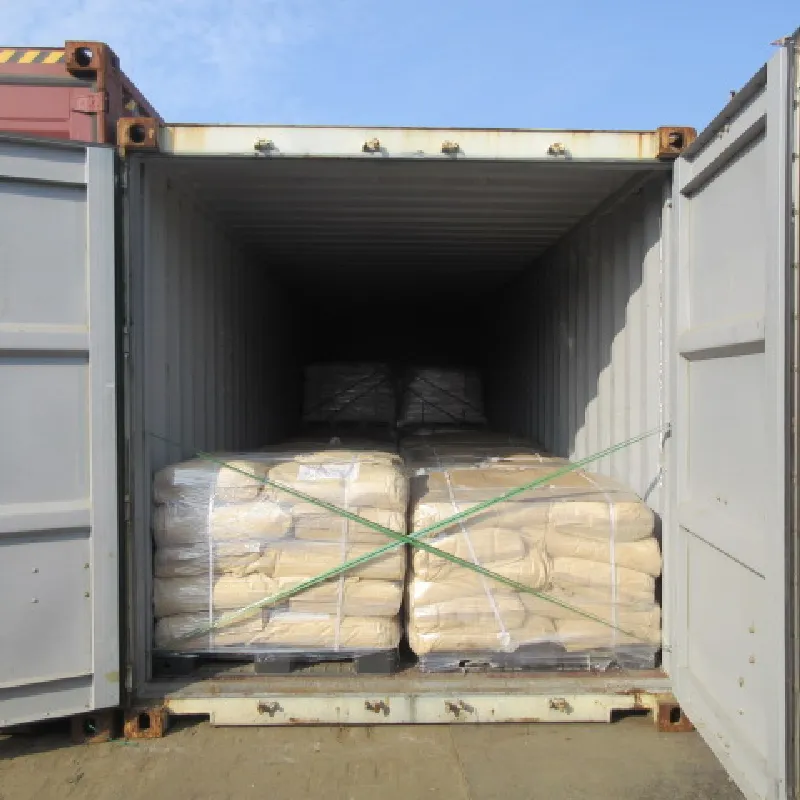
styrene butadiene rubber
Understanding Styrene-Butadiene Rubber Characteristics, Applications, and Future Trends
Styrene-butadiene rubber (SBR) is one of the most widely used synthetic rubbers worldwide, renowned for its versatility and adaptability across various applications. Developed in the 1930s, SBR emerged as a substitute for natural rubber and quickly gained popularity due to its excellent performance characteristics. This article delves into the properties, applications, and future trends of SBR, shedding light on its significance in the modern industry.
Chemical Composition and Properties
SBR is a copolymer made from styrene and butadiene, typically representing a mixture of approximately 75% butadiene and 25% styrene. This unique composition endows SBR with several advantageous properties. It demonstrates outstanding abrasion resistance, making it ideal for heavy-duty applications. Furthermore, SBR exhibits excellent weather resistance, UV stability, and aging stability, which contribute to its long service life.
The physical properties of SBR can be customized through variations in the manufacturing process and the use of additives. For instance, by modifying the ratio of styrene to butadiene, manufacturers can influence the elasticity, tensile strength, and hardness of the rubber. SBR is also easily processed and can be blended with other materials, enhancing its utility in various products.
Applications of Styrene-Butadiene Rubber
SBR finds extensive applications across multiple industries, particularly in tire manufacturing, where it is one of the primary materials used. The tire industry benefits from SBR's excellent wear resistance and ability to perform well under different temperature conditions. Tires made from SBR demonstrate superior traction and longevity, making them a popular choice for both passenger and commercial vehicles.
In addition to tires, SBR is used in a variety of other applications, including
styrene butadiene rubber

1. Footwear SBR’s durability and flexibility make it an ideal choice for shoe soles, providing both comfort and extended wear. 2. Adhesives and Sealants The rubber's bonding properties allow for the production of strong adhesives and sealants suitable for various substrates. 3. Automotive Components SBR is utilized in components like gaskets, hoses, and seals due to its resilience and resistance to oils and chemicals. 4. Consumer Goods Items such as toys, sports equipment, and household products often incorporate SBR for its functional properties.
Environmental Concerns and Innovations
The production and disposal of synthetic rubbers, including SBR, pose environmental challenges. The manufacturing processes often consume significant energy and can release harmful emissions. Additionally, improper disposal of SBR products contributes to plastic pollution.
In response, there is a growing emphasis on sustainable practices within the industry. Recent innovations include the development of bio-based SBR substitutes, which utilize renewable resources in their formulation. Furthermore, recycling processes are being explored to repurpose used rubber, reducing waste and promoting a circular economy.
Future Trends
Looking forward, the demand for SBR is expected to remain strong, driven by growth in the automotive and construction sectors. As electric vehicles gain traction, the performance requirements of tires will continue to evolve, prompting further research and development of high-performance SBR formulations.
Moreover, advancements in green chemistry may foster the emergence of more sustainable alternatives to conventional SBR. The rising consumer awareness regarding environmental issues is likely to influence the market significantly, pushing manufacturers towards eco-friendlier production methods.
In conclusion, styrene-butadiene rubber remains a critical material in various industries due to its remarkable properties and wide-ranging applications. As the world moves towards more sustainable practices, the challenge will be to balance the performance benefits of SBR with environmental considerations. Continued innovation and commitment to sustainability will shape the future of SBR, ensuring it remains relevant and widely used in the decades to come.
-
Understanding Synthetic Rubber OptionsNewsApr.27,2025
-
Trichloroisocyanuric Acid: Essential for Clean and Safe WaterNewsApr.27,2025
-
Sodium Dichloroisocyanurate: Key to Safe Water TreatmentNewsApr.27,2025
-
Sodium Acid Pyrophosphate: Essential in Modern Food ProcessingNewsApr.27,2025
-
Essential Water Treatment ChemicalsNewsApr.27,2025
-
Denatured Alcohol and Its Industrial UsesNewsApr.27,2025
-
The Versatile Uses of Sodium BicarbonateNewsApr.24,2025
Hebei Tenger Chemical Technology Co., Ltd. focuses on the chemical industry and is committed to the export service of chemical raw materials.
-

view more DiethanolisopropanolamineIn the ever-growing field of chemical solutions, diethanolisopropanolamine (DEIPA) stands out as a versatile and important compound. Due to its unique chemical structure and properties, DEIPA is of interest to various industries including construction, personal care, and agriculture. -

view more TriisopropanolamineTriisopropanolamine (TIPA) alkanol amine substance, is a kind of alcohol amine compound with amino and alcohol hydroxyl, and because of its molecules contains both amino and hydroxyl. -

view more Tetramethyl Thiuram DisulfideTetramethyl thiuram disulfide, also known as TMTD, is a white to light-yellow powder with a distinct sulfur-like odor. It is soluble in organic solvents such as benzene, acetone, and ethyl acetate, making it highly versatile for use in different formulations. TMTD is known for its excellent vulcanization acceleration properties, which makes it a key ingredient in the production of rubber products. Additionally, it acts as an effective fungicide and bactericide, making it valuable in agricultural applications. Its high purity and stability ensure consistent performance, making it a preferred choice for manufacturers across various industries.











